Yield
Yield
Yield in Packaging
In the world of packaging, yield is a crucial term. It refers to the amount of usable material you get from a specific quantity of raw material. Understanding yield helps companies maximize efficiency and reduce waste.
Why Yield Matters
Yield is important because it directly impacts production costs. Higher yield means more product from the same amount of material, which saves money. Lower yield means more waste and higher costs.
How to Calculate Yield
To calculate yield, you divide the amount of usable material by the total amount of raw material. The formula is:
Yield = (Usable Material / Raw Material) x 100%
For example, if you start with 1000 kg of raw material and end up with 900 kg of usable material, your yield is 90%.
Factors Affecting Yield
Several factors can affect yield in packaging. These include the quality of raw materials, the efficiency of machinery, and the skill of the workforce. By optimizing these factors, companies can improve their yield.
Improving Yield
To improve yield, companies can invest in better machinery, train their staff, and source higher-quality raw materials. Regular maintenance and quality control checks also help in maintaining a high yield.
Conclusion
Understanding and optimizing yield is essential for any packaging operation. It helps in reducing costs, minimizing waste, and improving overall efficiency. By focusing on yield, companies can achieve better results and higher profitability.
Blog Posts with the term: Yield
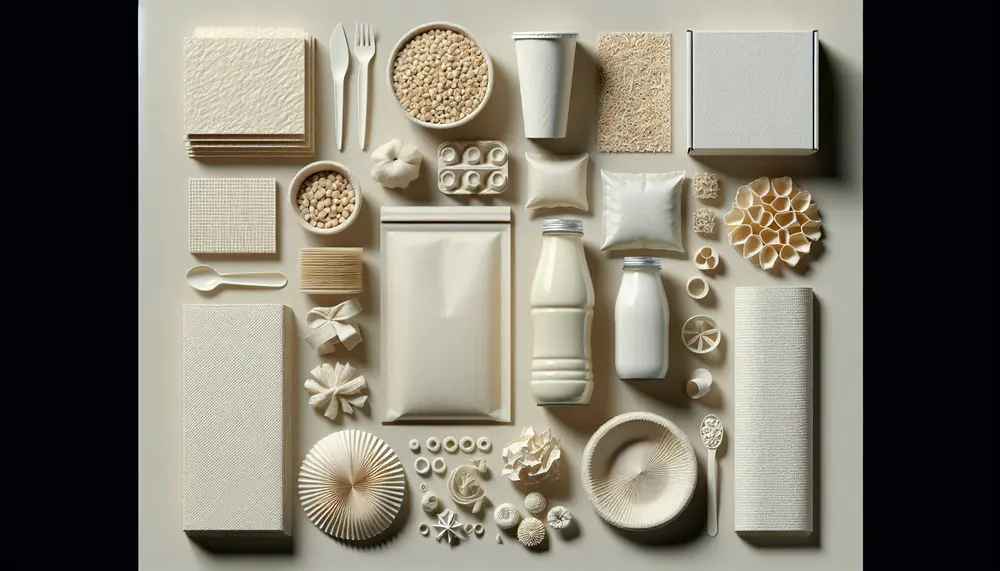
Cornstarch is a biodegradable, eco-friendly alternative to traditional packaging materials, offering similar functionalities with less environmental impact. It's used in various industries for products like containers and bags, reduces reliance on fossil fuels, and supports climate change efforts by emitting...

Leaf-based packaging materials are ancient practices re-emerging for modern sustainability, utilizing plant leaves as biodegradable and renewable solutions with minimal environmental impact. They reduce carbon emissions compared to plastic production, decompose rapidly without toxic residues, and align with circular economy...
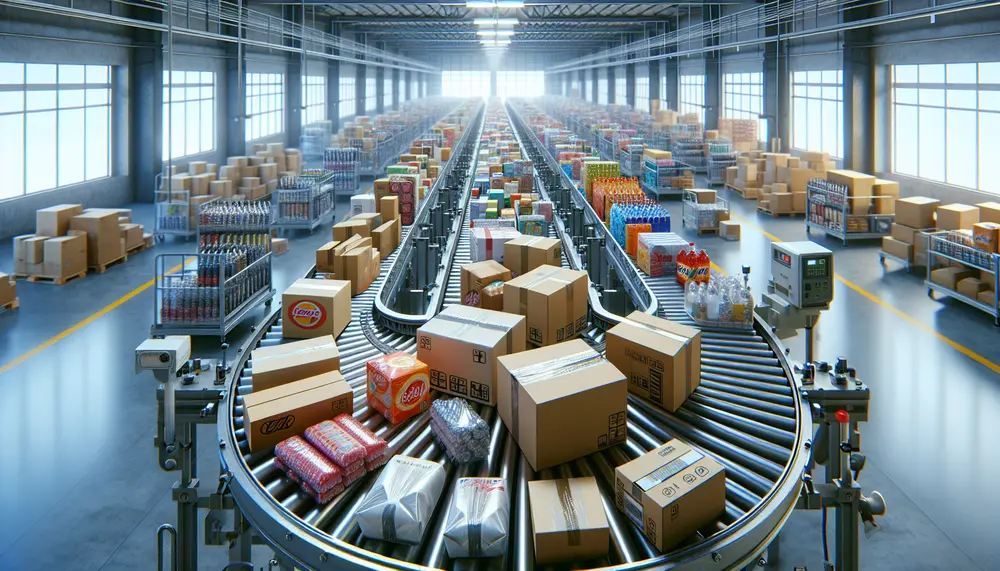
The Kenyan packaging market is valued at around $585 million, driven by sectors like agriculture and manufacturing which contribute to the GDP; growth in consumer demand has led to innovations such as small affordable packages and a shift towards sustainable...
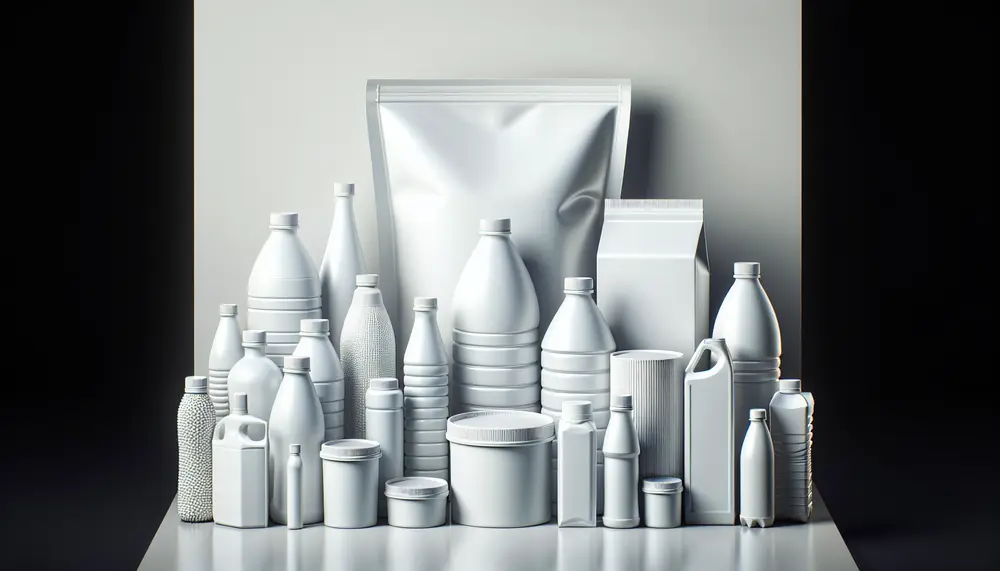
HDPE packaging is valued for its durability, lightweight nature, and resistance to environmental factors. It's versatile in shape and size customization, cost-effective during transport due to its light weight, and environmentally friendly as it's 100% recyclable. High-density polyethylene (HDPE) is a...
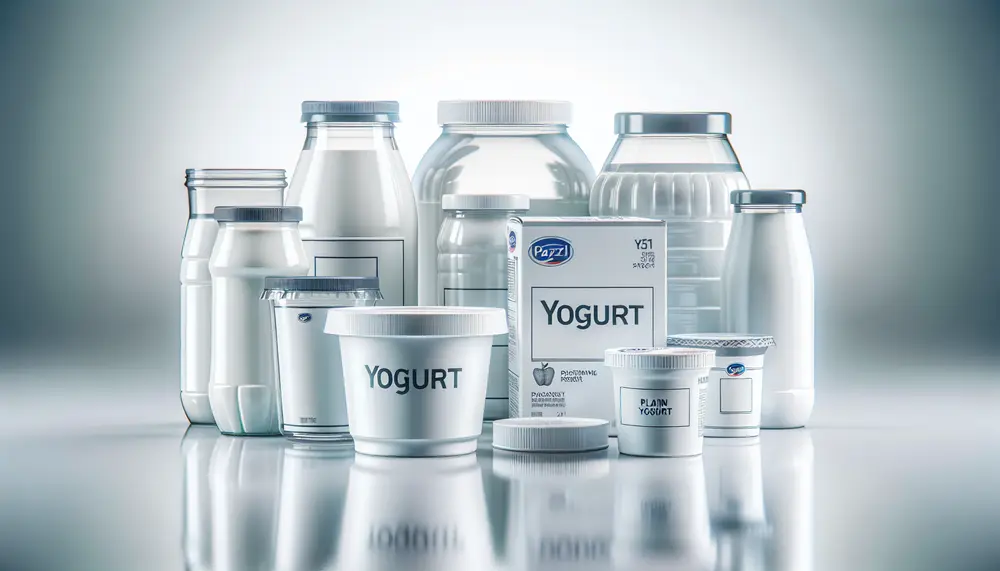
The article discusses the significance of yogurt packaging materials in preserving quality, extending shelf life, and marketing. It highlights various types of packaging like glass, plastic, composites, eco-friendly alternatives, and metal containers with their respective properties. Packaging choices for yogurt impact...
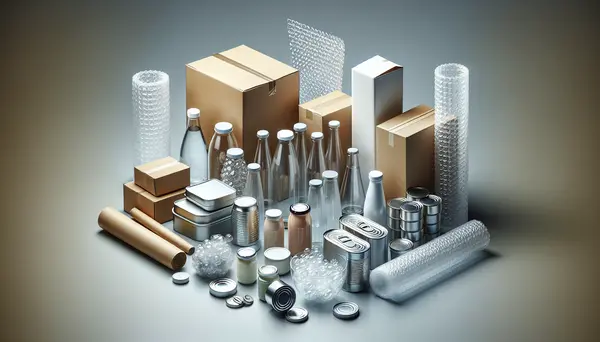
Packaging plays a crucial role in marketing, serving as the initial contact point between consumers and brands. It not only protects the product but also communicates its story, reflects brand identity, influences purchase decisions through design and functionality, attracts attention...
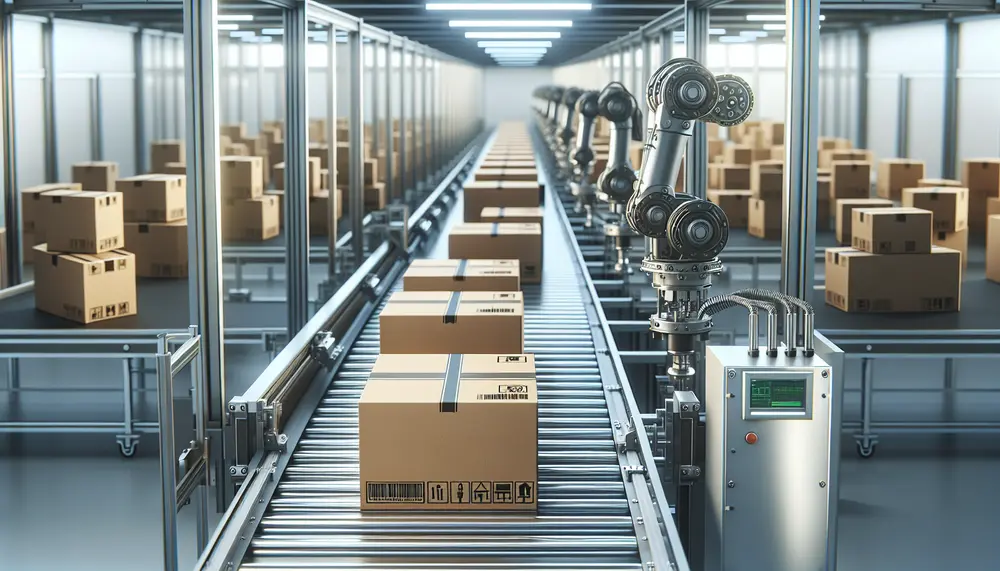
The packaging industry's value chain encompasses material procurement, design and development, manufacturing, distribution, marketing, sales, and after-sales service. Challenges such as environmental regulations, consumer demands for sustainability, cost volatility, technological advances, globalization issues, and supply chain complexity necessitate strategic planning...
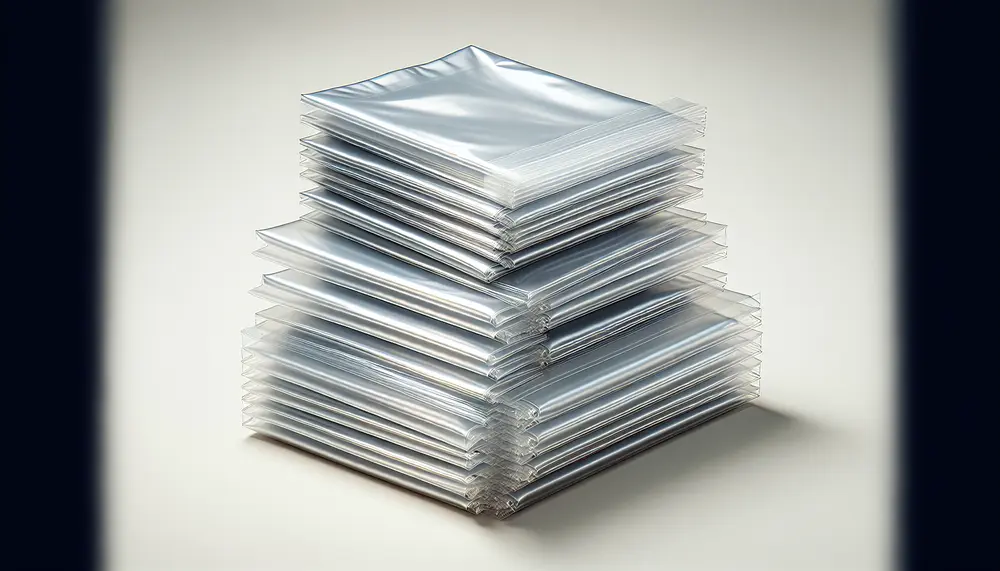
OPP bags, known for their strength and clarity, are essential in packaging for protection, presentation, and preservation of products. They offer advantages like durability, resealability, cost-effectiveness but have drawbacks such as being non-biodegradable; various types exist to suit different applications. Different...
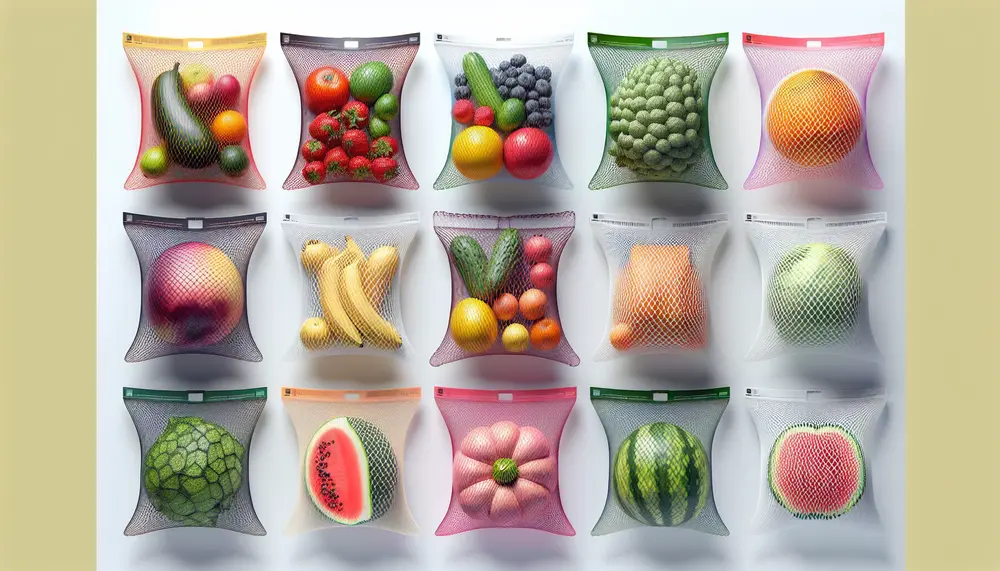
Packaging nets are crucial for protecting and transporting various products, offering benefits like airflow for perishables, visibility without opening the package, lightweight nature to reduce shipping costs, and environmental friendliness. They come in different types—extruded, knitted, woven, elastic—with specific characteristics...
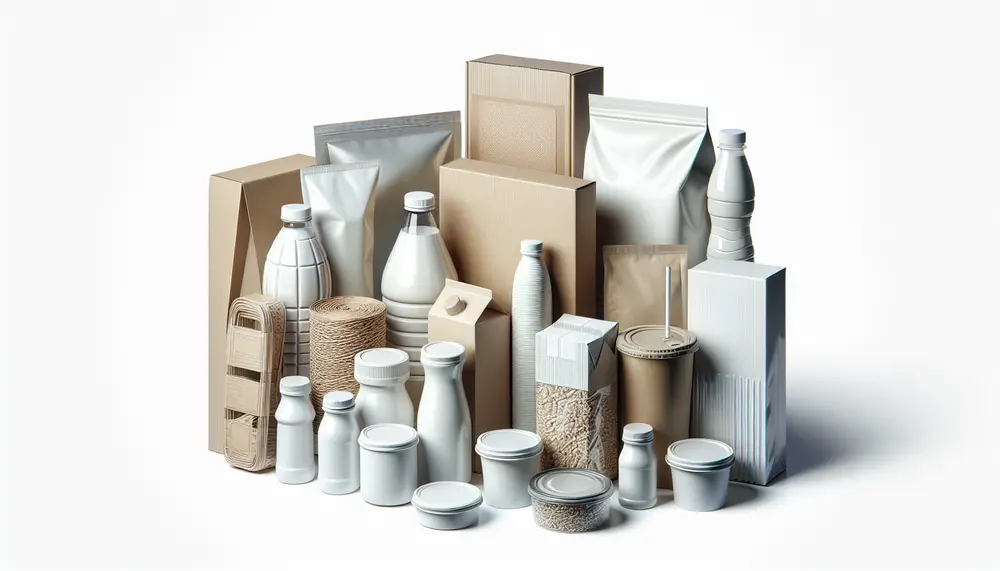
The guide explains the significance of MOSH (Mineral Oil Saturated Hydrocarbons) and MOAH (Mineral Oil Aromatic Hydrocarbons) in food packaging, highlighting their potential health risks due to migration into food. It emphasizes the need for ongoing research, industry regulation, and...
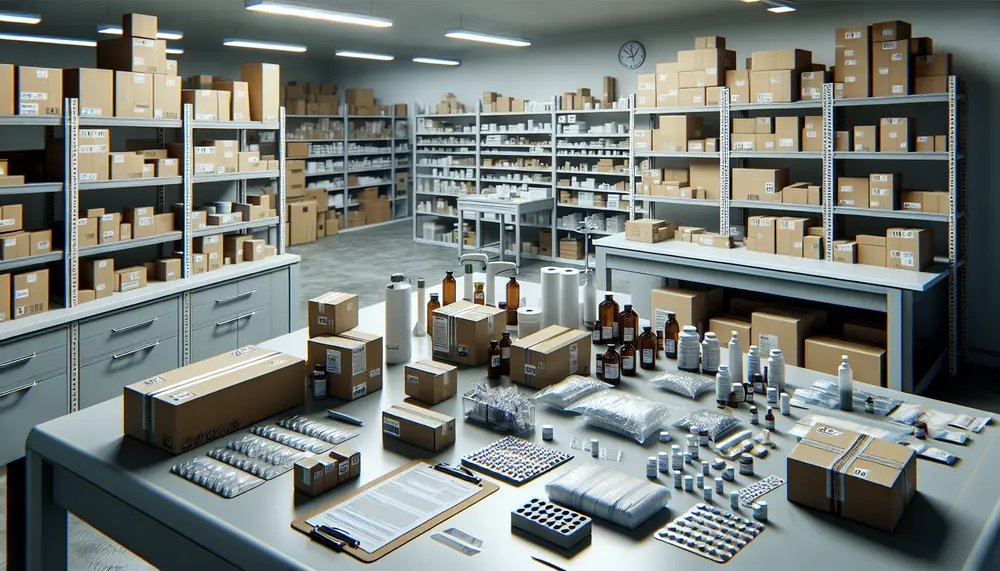
Packaging R&D involves innovating and improving packaging through material testing, prototype development, and performance analysis with a focus on sustainability. Companies like R&D Packaging lead in providing customized solutions that meet environmental standards while ensuring product safety. Innovation is key to...
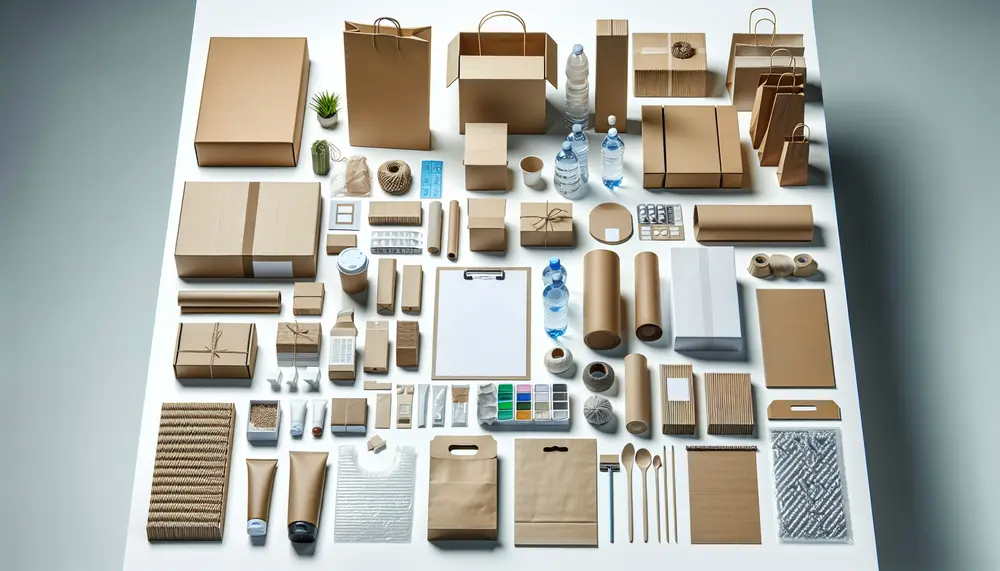
The Packaging Corporation of America (PCA) is a leader in innovative packaging solutions, enhancing brand recognition and sustainability with advanced designs and materials. PCA's custom-engineered options cater to diverse industries, integrating technology for efficiency and quality assurance while focusing on...
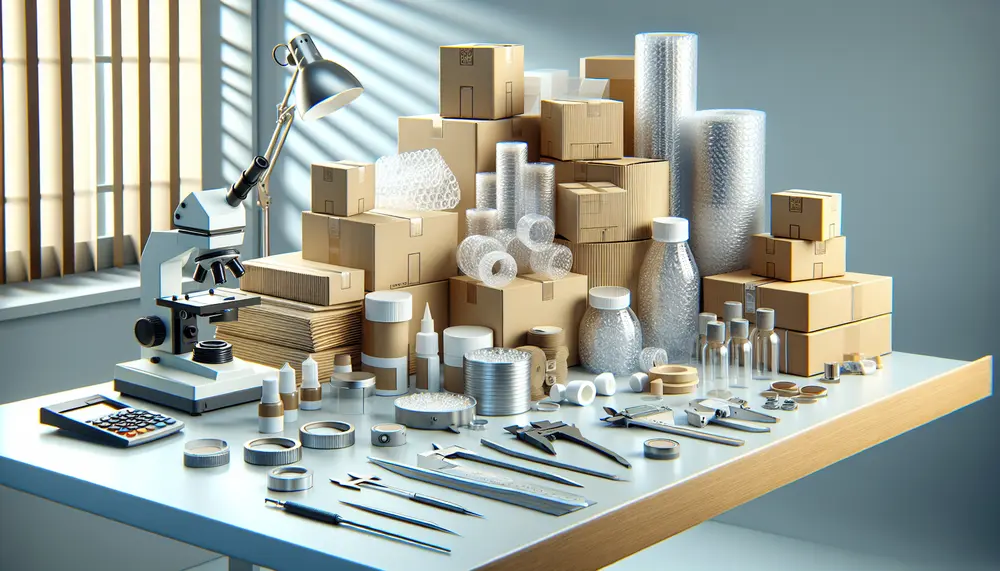
Packaging R&D is essential for innovation in the industry, focusing on functionality, efficiency, sustainability and improving user experience while minimizing environmental impact. Innovation drives packaging solutions forward with smart technologies and eco-friendly materials to meet market needs and reduce environmental...
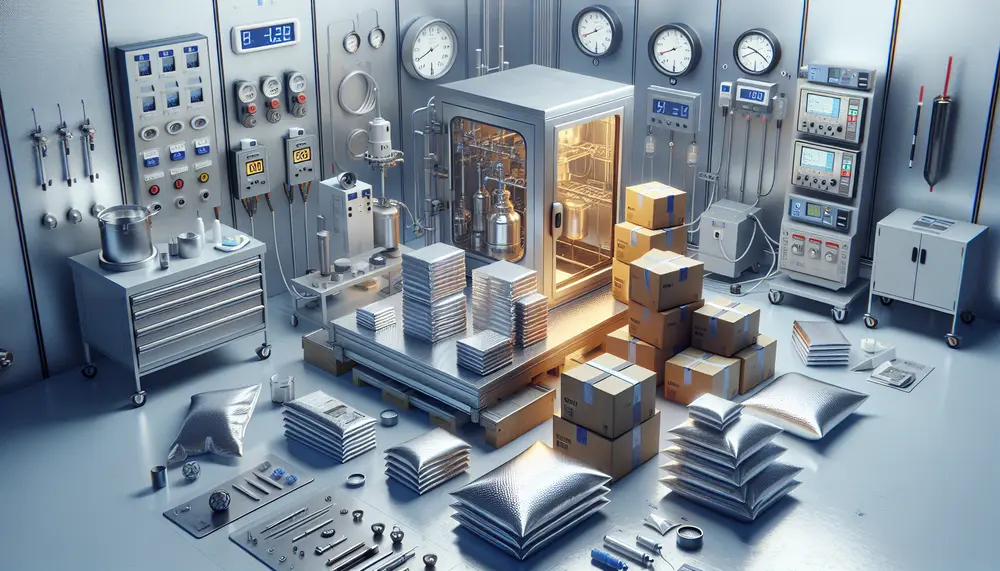
Heat resistant packaging materials are designed to protect contents from high temperatures during transportation or storage, with various forms for different applications and levels of protection. Innovations aim to enhance heat resilience while considering cost-effectiveness and environmental impact. Thermal stability...

The packaging industry is governed by a complex legal framework aimed at ensuring safety, health, and environmental protection. Key regulations include material restrictions like RoHS and REACH, compostability standards such as BPI certification, and heavy metal limitations under CONEG legislation. Regulatory...
